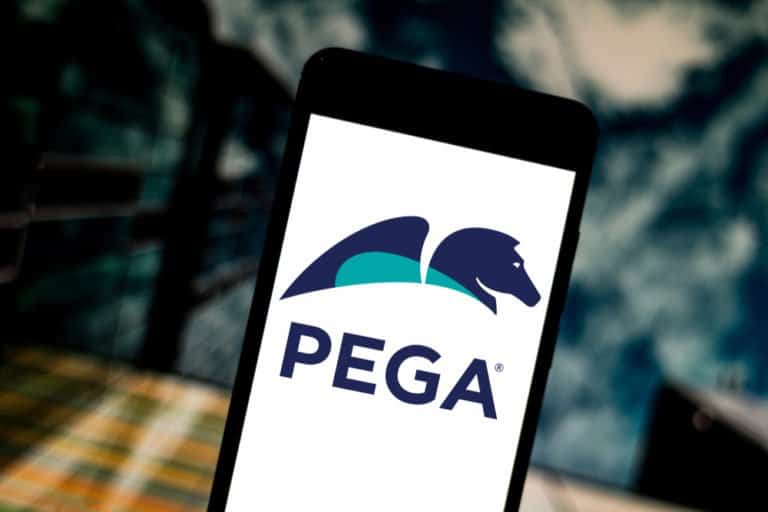Pega Systems today announced Pega Express, a low-code software development methodology which is integrated within Pega Platform. This methodology should guide users step by step to quickly design and deploy what Pega calls Minimum Lovable Products (MLPs).
The Pega Express methodology uses a design-thinking approach with a guided drag-and-drop interface within Pega Platform’s App Studio environment. App builders should now be able to build their new apps more effectively and efficiently, without much use of code.
With Pega Express, app builders are guided in designing each “microjourney”, which is what Pega calls small but high-value case types within a specific application. Think of e.g. commands like “inquire about service,” “dispute a charge,” or “onboard a new partner.” App builders have to design these microjourneys, when developing an app, as well as the processes associated with them.
User personas
App builders can also select different user personas and define how these personas engage with the app in question. For example, they can specify how a “customer,” “customer service agent,” or “lending manager” will interact with a new loan origination app at different stages of each microjourney. App builders can also activate the most appropriate channels for each type of user, such as a self-service portal, mobile device, or an agent desktop.
Pega, furthermore, tries to take the complexity out of data integration. This is done by providing a complete view of relevant data sources – such as databases in CRM, ERP, or other software. By visualising this integration landscape on a single screen, Pega should allow app builders to easily validate the data for each microjourney and , in that way, create a record of who did what at each stage.
The end goal is to automatically generate an application and the accompanying documentation with the click of a mouse in Pega Platform. Clients can create their first product release – or their “MLP” – in a few weeks, Pega states.
